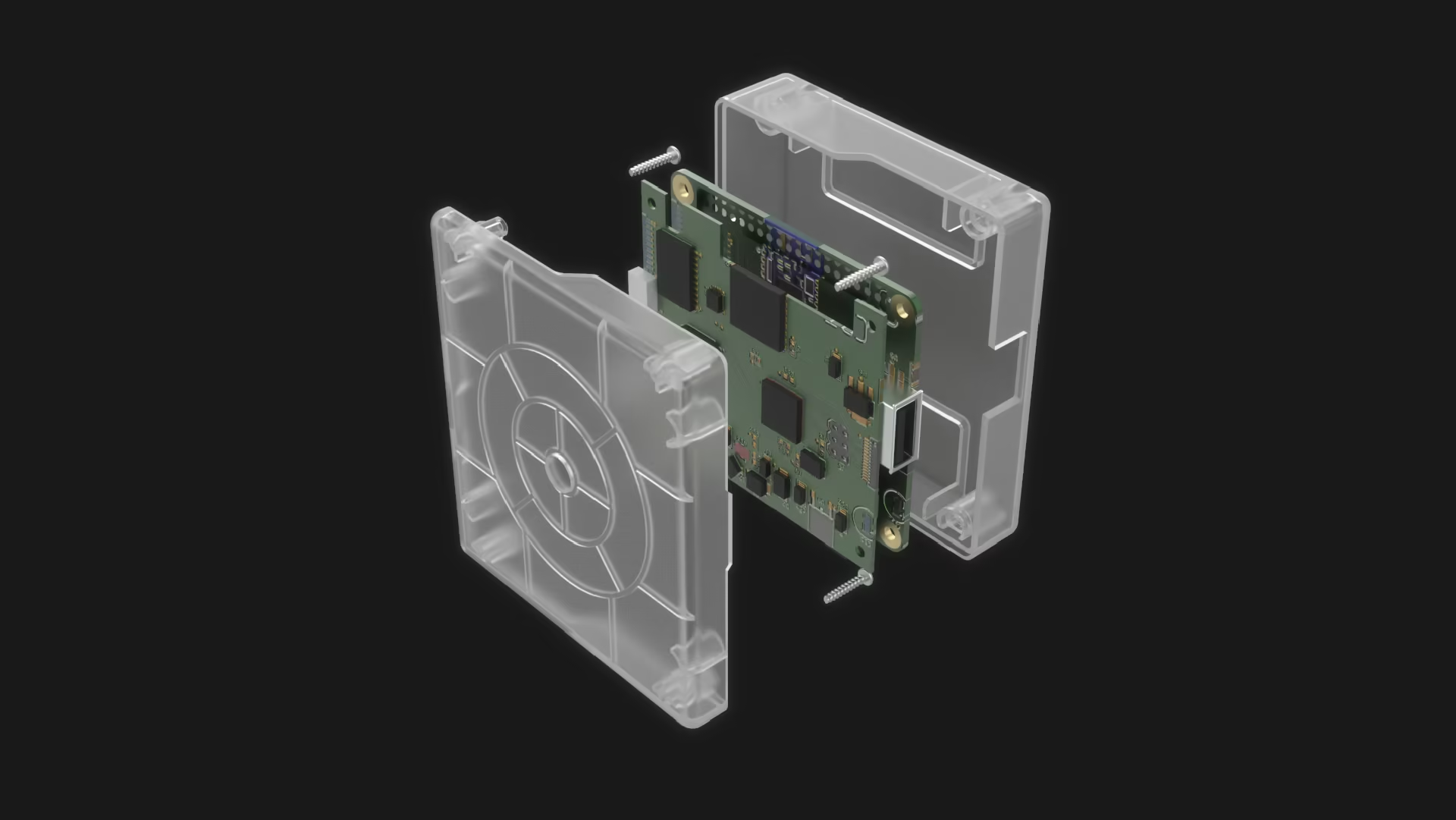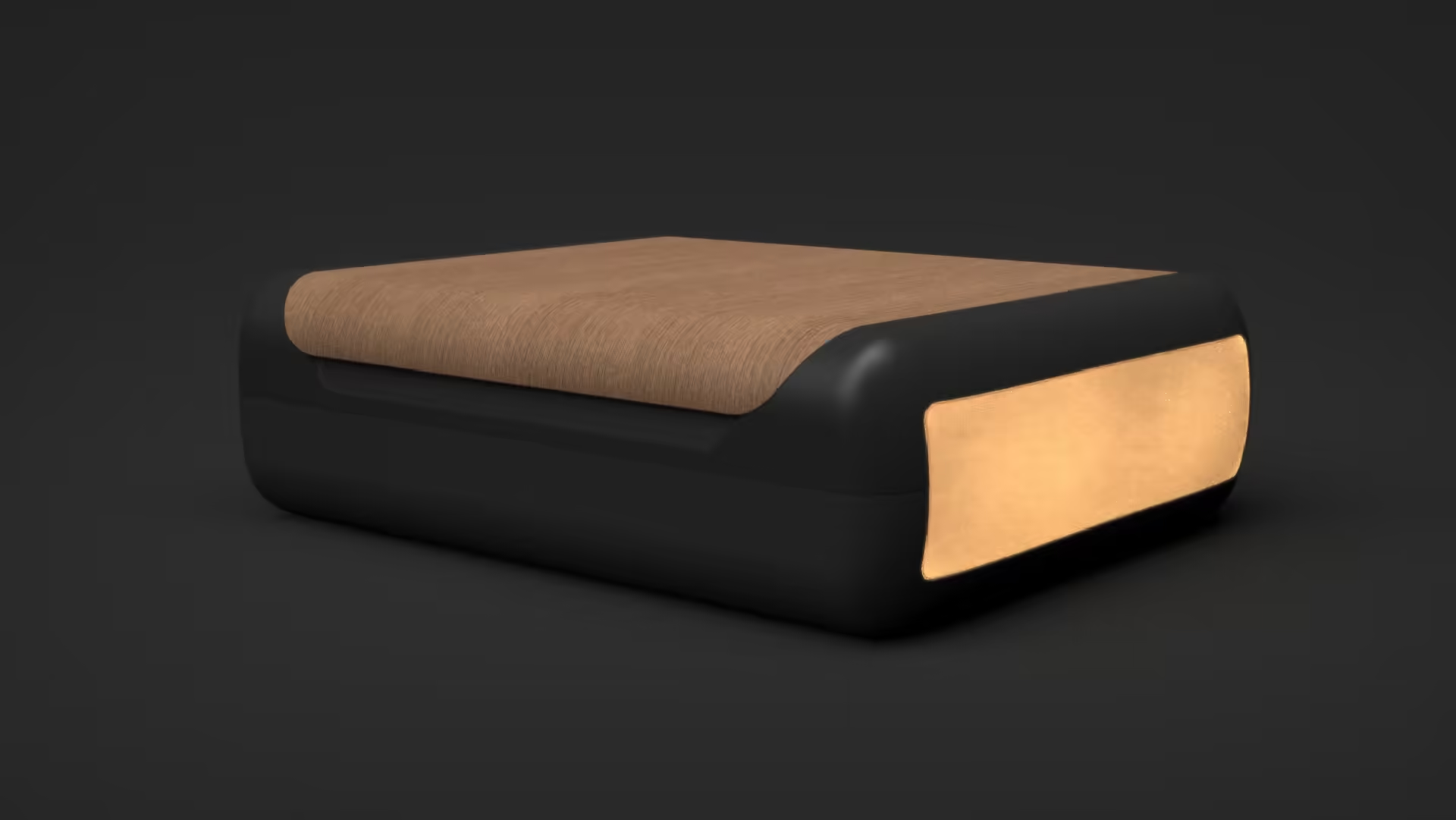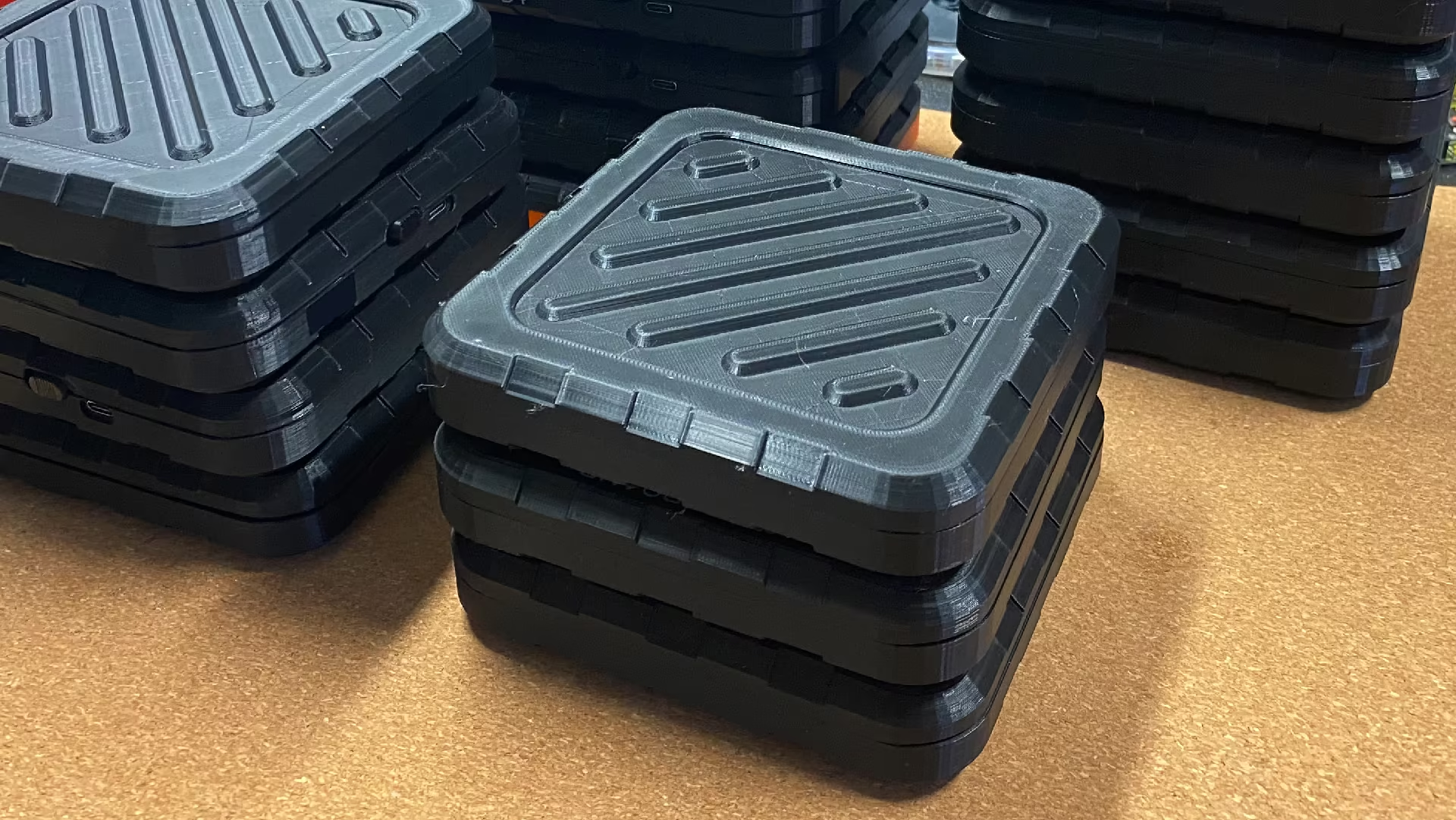Designing enclosures for hardware products is an important aspect of the development process for any company that creates physical products. Not only do enclosures protect the internal components of a device, they also play a role in the overall aesthetic and user experience of the product. In this article, we will cover some key considerations for designing enclosures for hardware products.
Functionality
The first and foremost consideration for any enclosure design is ensuring that it serves its intended function. This includes protecting the internal components of the device from physical damage, dust and debris, and in some cases, environmental factors such as water or extreme temperatures. It's important to consider the specific requirements for the device, such as whether it needs to be sealed against water or able to withstand high temperatures, and design the enclosure accordingly.
Material selection
The material used for the enclosure can have a significant impact on the overall design and functionality of the product. Some common materials used for enclosures include plastic(Polycarbonate(PC), Acrylonitrile Butadiene Styrene (ABS), Polyphenylene Ether (PPE) etc.) and metal(Aluminum, Stainless Steel, Carbon Steel). Each material has its own set of benefits and drawbacks, such as cost, weight, durability and aesthetic appeal. It's important to carefully consider the needs of the product and the intended use case when selecting a material for the enclosure.
Aesthetics
In addition to functionality, the appearance of the enclosure is an important factor to consider. The design of the enclosure can play a significant role in the overall aesthetic of the product and can influence the perceived value and appeal of the device to consumers. It's important to consider the target market and desired aesthetic when designing the enclosure, as well as any branding elements that need to be incorporated.
Ergonomics
The enclosure should also be designed with ergonomics in mind, to ensure that the product is comfortable and easy to use. This includes considering the size and shape of the enclosure, as well as any buttons, ports, or other features that need to be accessible to the user.
IP rating
For products that will be used in potentially hazardous environments or that need to be protected from water or dust, it's important to consider the IP (Ingress Protection) rating of the enclosure. The IP rating is a standard used to define the level of protection that an enclosure provides against the intrusion of solid objects and liquids. The higher the IP rating, the more protection the enclosure offers. When designing an enclosure, it's important to consider the specific requirements of the product and select an appropriate IP rating
Manufacturing
The design of the enclosure should also take into account the manufacturing process for the product. This includes considerations such as the type of molding process that will be used for example or the number of parts required, and the overall complexity of the design. A well-designed enclosure can streamline the manufacturing process and reduce costs.
If you are in need of assistance with designing enclosures for your hardware products, consider reaching out to info@kde.agency. Our team of experienced designers can help bring your product to life and create a functional and visually appealing enclosure for your device.
In conclusion, designing enclosures for hardware products is a crucial aspect of the product development process. By considering functionality, material selection, aesthetics, ergonomics, and manufacturing, companies can create enclosures that not only protect the internal components of the device, but also enhance the user experience and overall appeal of the product.
Have a product idea?
Lets chat.









